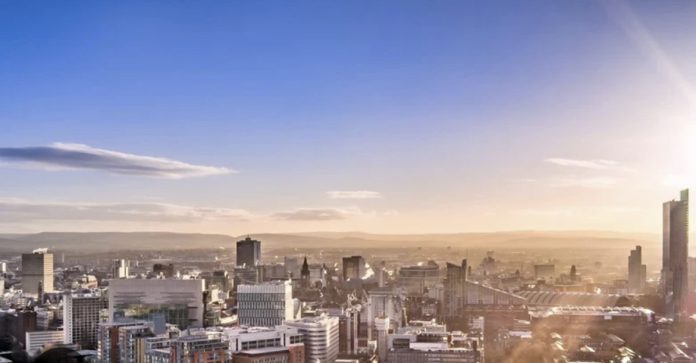On April 1 1974 Greater Manchester was officially formed and the ten boroughs, which had formally been part of Cheshire, Lancashire, and parts of the West Riding became one.
The Local Government Act opf 1972 radically reformed local government in England and Wales, creating a two-tier local government system of ‘counties’ and ‘districts’.
It had been born under Harold Wilson’s Labour Government which back in 1966 appointed John Redcliffe-Maud – civil servant, academic, baron – to rethink things from the bottom up, and to come up with a system that didn’t rely on country boundaries first set in the age of King Alfred.
He published his proposals in 1969,abolishing the existing patchwork of councils – county, county borough, borough, urban district, rural district – that had been in place since the 19th century.
In its place would come London-style metropolitan counties covering the big conurbations, with metropolitan districts beneath them; unitary authorities, with towns or cities at the heart, covering the rest of the country.
Manchester was in a way one of the oddities-The area proposed covered not only the ten regions of today but also parts of North Cheshire Macclesfield, Warrington, Alderley Edge, Northwich, Middlewich, Wilmslow and Lymm and Derbyshire towns including New Mills, Whaley Bridge, Glossop and Chapel-en-le-Frith and would be called SELNEC, an acronym for South East Lancashire & North East Cheshire
SELNEC did not go away, it would become the named used for the authority tasked with public transport but its enlarged area did as the Redcliffe-Maud Report was rejected by the Conservative government after the 1970 general election.
April 1974 saw 45 Counties reduced to 39, 1086 urban and rural districts replaced with 296 District Councils, abolished 79 County borough Councils, created 6 Metropolitan County Councils and in all replaced 1,210 councils with 377
The 1972 Act redefined the procedures, structures, duties and geographies of all English and Welsh councils.
Although it has a low profile today – not least because of numerous boundary changes and mergers in the years since – it was a major milestone in the history of local government in the UK.
The Greater Manchester County Council one of the six Metropolitan Councils, came into force on April 1974 with responsibility for roads, public transport, planning, emergency services and waste disposal
It was composed of 106 directly elected members drawn from the ten metropolitan boroughs of Greater Manchester and lasted for 12 years until abolished by Mrs Thatcher who had become frankly fed up with the clashes between her Government and the mostly Labour controlled City regions and control was handed back to the ten district councils.
The Banham Commission of 1992-95 abolished a number of the other new counties formed in 1974. Now devolution has brought the story back full circle.
The Greater Manchester Combined Authority was born in April 2011 derived from the 2009 budget giving Greater Manchester Statutory City Region Pilot status, allowing (if they desired) for their constituent district councils to pool resources and become statutory combined authorities with powers comparable to the Greater London Authority
The City deal followed in 2012 and an interim Mayor, the late Tony Lloyd was appointed in 2015 before the people of Greater Manchester voted for their first elected Mayor in Andy Burnham in 2017
Some though will still quibble about the Greater Manchester project,There has been a campaign in Bolton in recent months to leave the project and people living in the Saddleworth area of Oldham will still in some circumstances refer to themselves as belonging to Yorkshire







